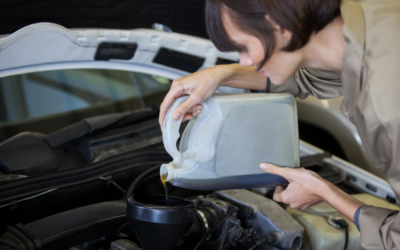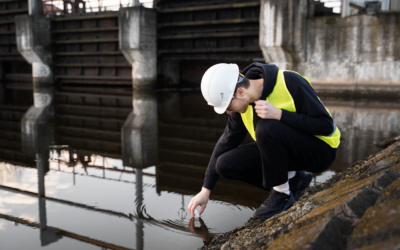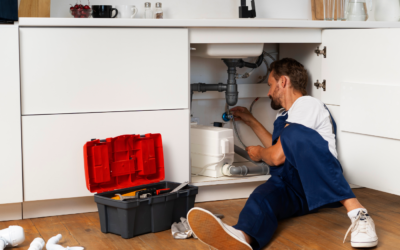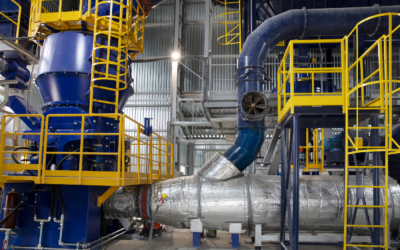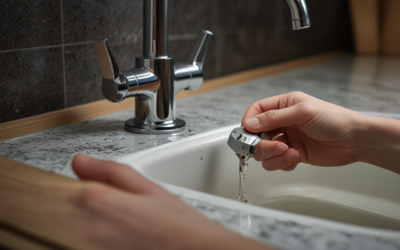As the cold wind starts to sweep through the streets of the city, people are starting to rely heavily on their hot water heaters to supply their daily needs. From warm baths and showers to cooking food and washing dishes, hot water plays a significant role in our daily lives. But what do you do when your hot water supply becomes less transparent and starts to appear cloudy? If you are currently facing such an issue with your hot water heating system or tank, then the following article will be very useful to you. We will provide an in-depth analysis of the causes and solutions for cloudy hot water.
First, it is important to understand what causes cloudy hot water. In most cases, this phenomenon is due to mineral buildup within the hot water tank or heater. As water is heated, dissolved minerals (such as calcium and magnesium) can start to form solid deposits in the form of limescale. This mineral buildup can cause the water to look cloudy, and, in some cases, it can also leave an unpleasant taste or odor.
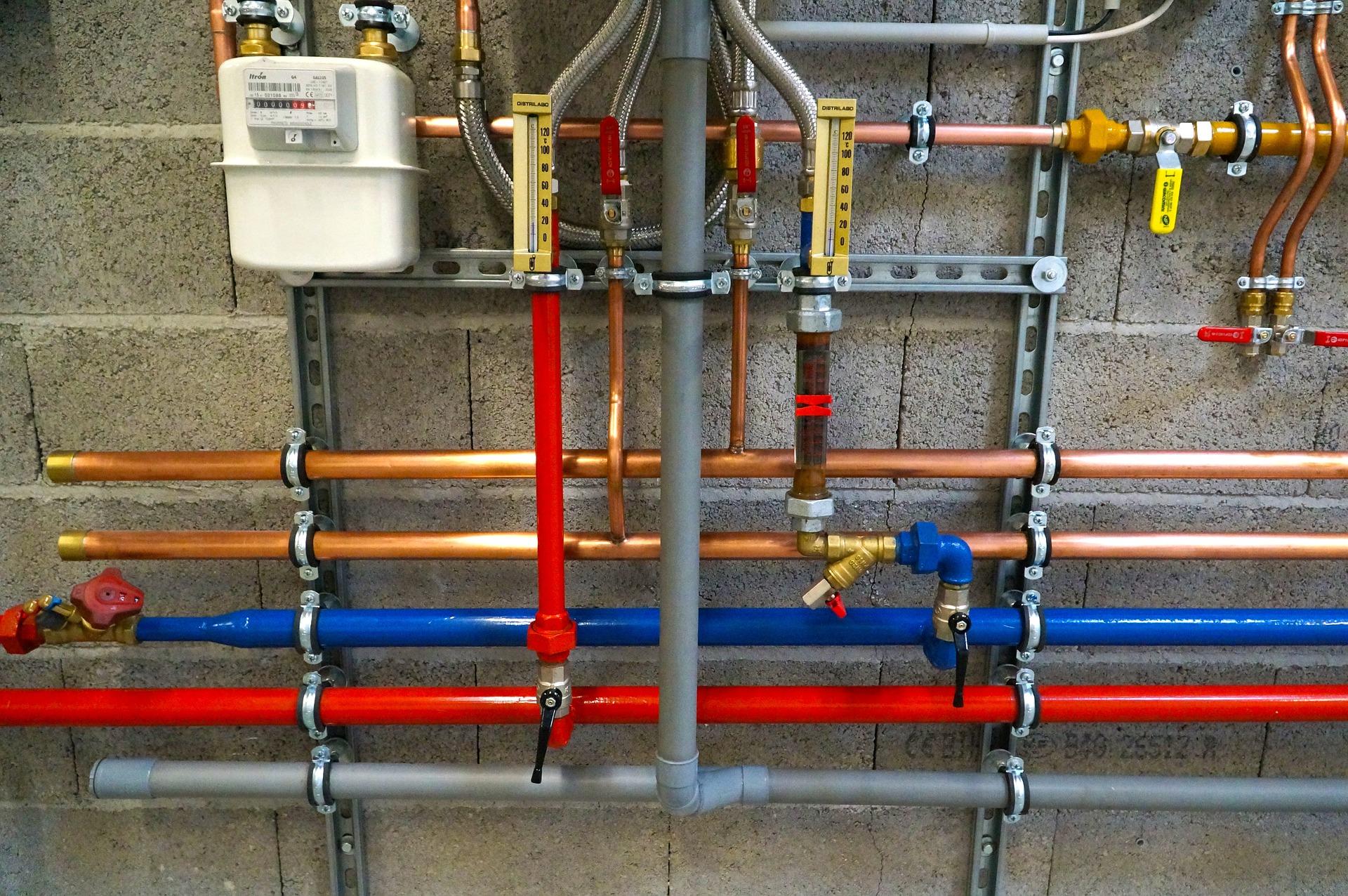
There are, however, ways to combat the buildup of minerals in your hot water tank or heater. One of the simplest methods of doing so is through regular maintenance of the unit. In this article, we will highlight several tips to help maintain your hot water tank or heater, which in turn can reduce the mineral buildup and ensure that your hot water supply remains crystal clear.
The first step towards maintaining your hot water tank is to drain it regularly. This can be done on a scheduled basis or when you notice that the water has become cloudy. An ideal time to drain your hot water tank is every six months to a year to remove any accumulated sediment. Drain your hot water heater tank by turning off the power or gas supply and then opening the hot water spigot. Open the pressure relief valve to prevent a vacuum from forming and make sure you have a drain for hot water available as the flow of hot water can be quite substantial. Once empty, the tank can be flushed with fresh water to remove any loose sediment accumulated on the bottom. This regular maintenance task will not only help reduce mineral buildup but also increase the lifespan of your hot water tank.
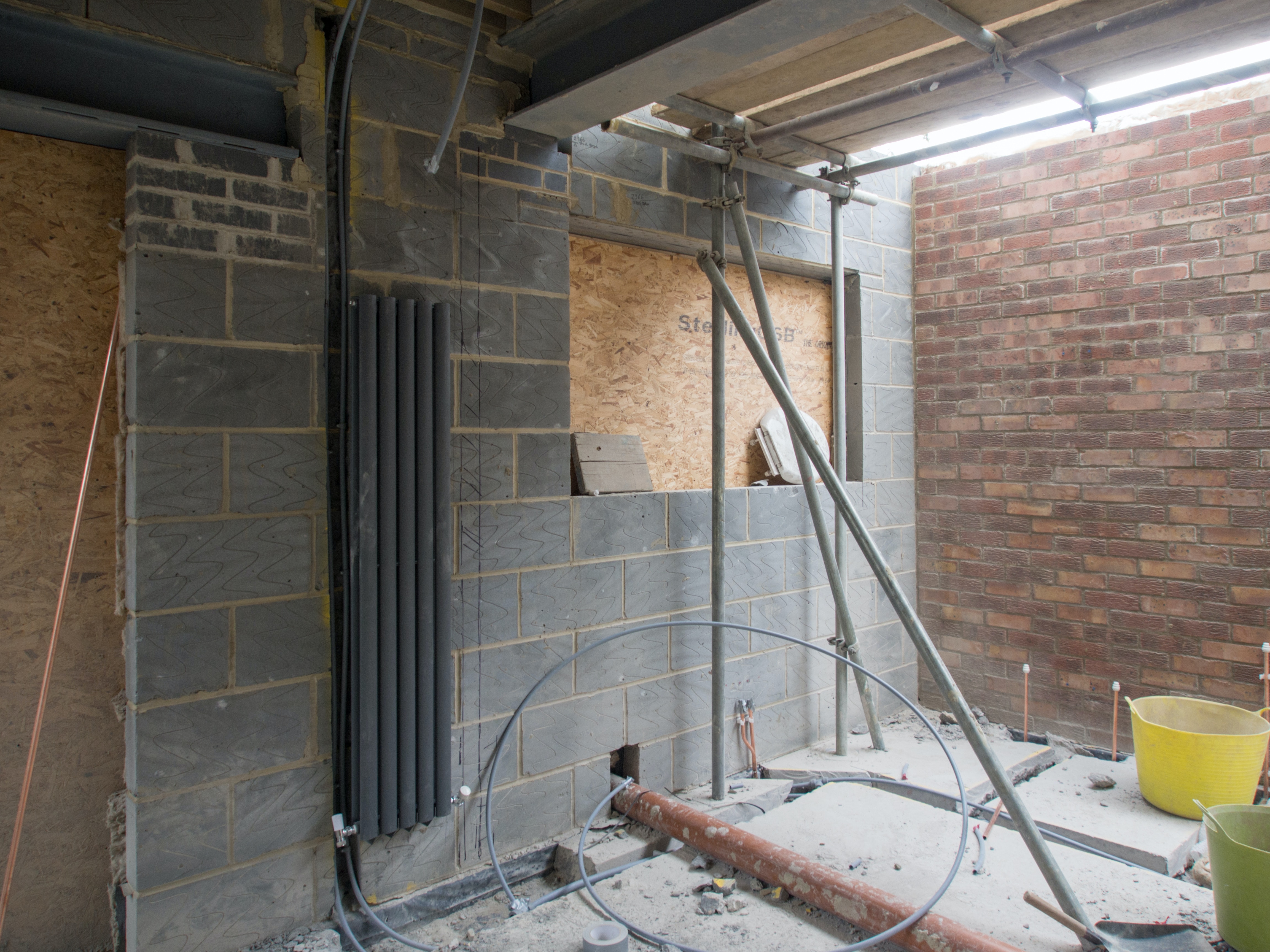
Another effective way to prevent mineral buildup in your hot water tank is by installing a water softener. A water softener works by removing the minerals that cause limescale from water. Hard water is water that contains high mineral content, making it more challenging to heat and taking a toll on your water heating unit over time. Installing a water softener will not only improve the quality of your water supply but increase the lifespan of your hot water tank or heater.
The third preventive measure is to inspect the anode rod regularly. Anode rods are designed to attract minerals to them rather than to the metallic surface of the hot water tank or heater. Inspect the anode rod by turning off the water and power or gas supply, unscrewing the anode rod, and using a flashlight to examine it. If it looks corroded, replace it with a new one. The anode rod is one of the essential components in prolonging the lifespan of your hot water tank or heater.
If your hot water tank or heater is in urgent need of repair or replacement, reach out to the repair professionals to examine and recommend a suitable course of action. Some common causes of cloudy hot water that require urgent attention include a broken dip tube, a broken vent pipe, or a faulty tank thermostat. It is vital not to ignore the problem, as it can cause more significant issues in the long run.
In conclusion, the presence of cloudy hot water may be due to mineral buildup in your hot water tank or heater. The best way to prevent this buildup is by proper and regular maintenance of your hot water system. Draining the tank, inspecting the anode rod and installing a water softener are all viable ways to ensure your hot water stays clear and clean. It is essential to address the cloudy water issue as soon as possible to avoid more severe damage and potential costly repairs. For more tips on hot water tank and heater maintenance or to schedule a repair, visit the experts at Ace Plumbing & Repair, or give us a call at (844) 711-1590 today.

